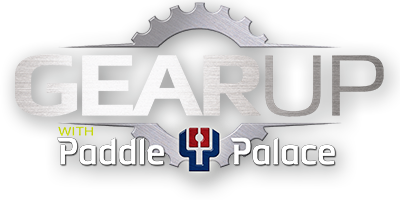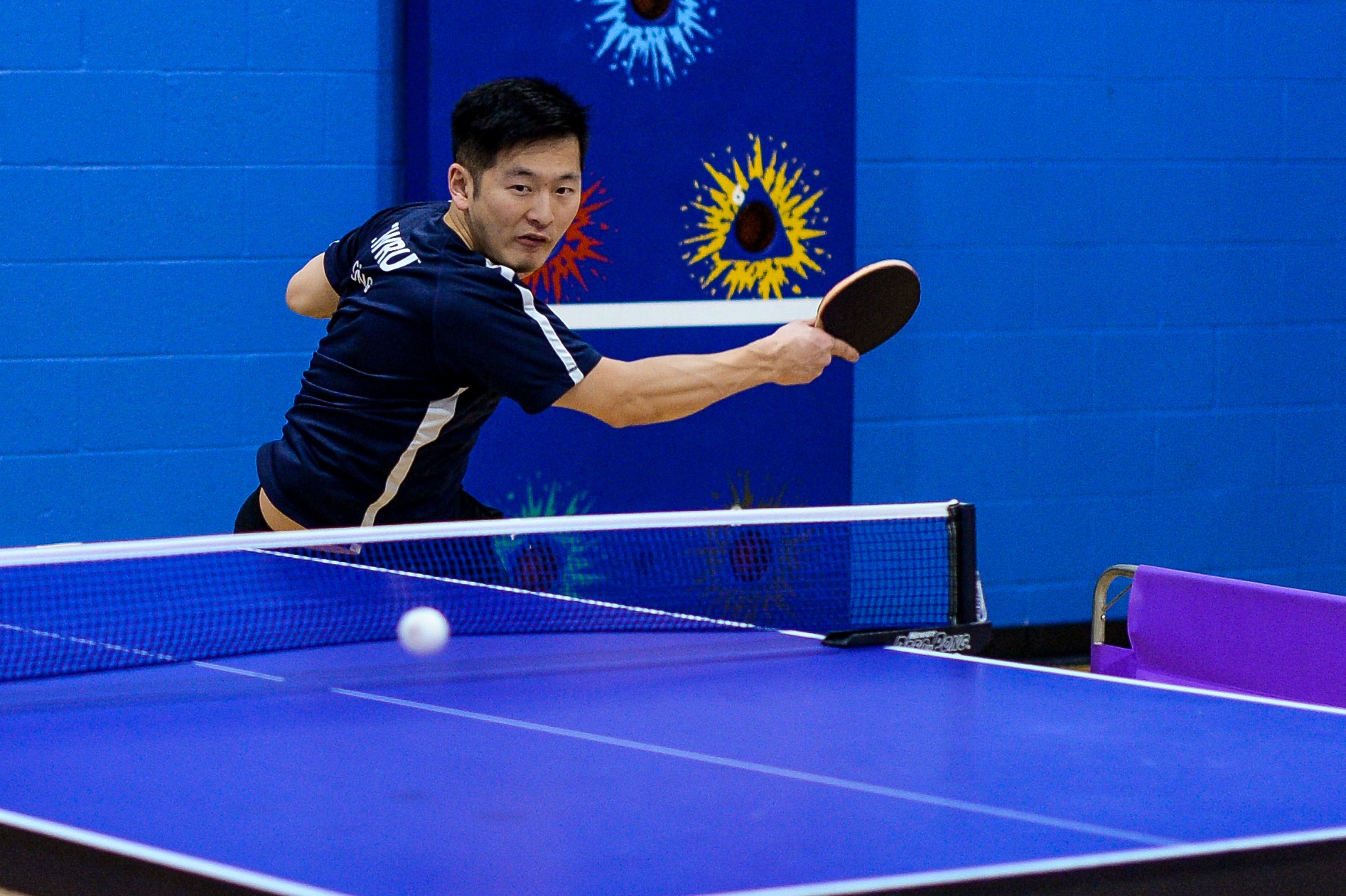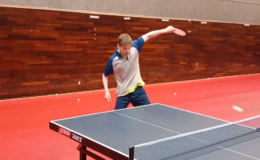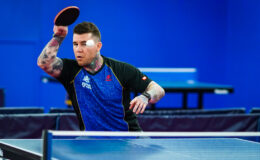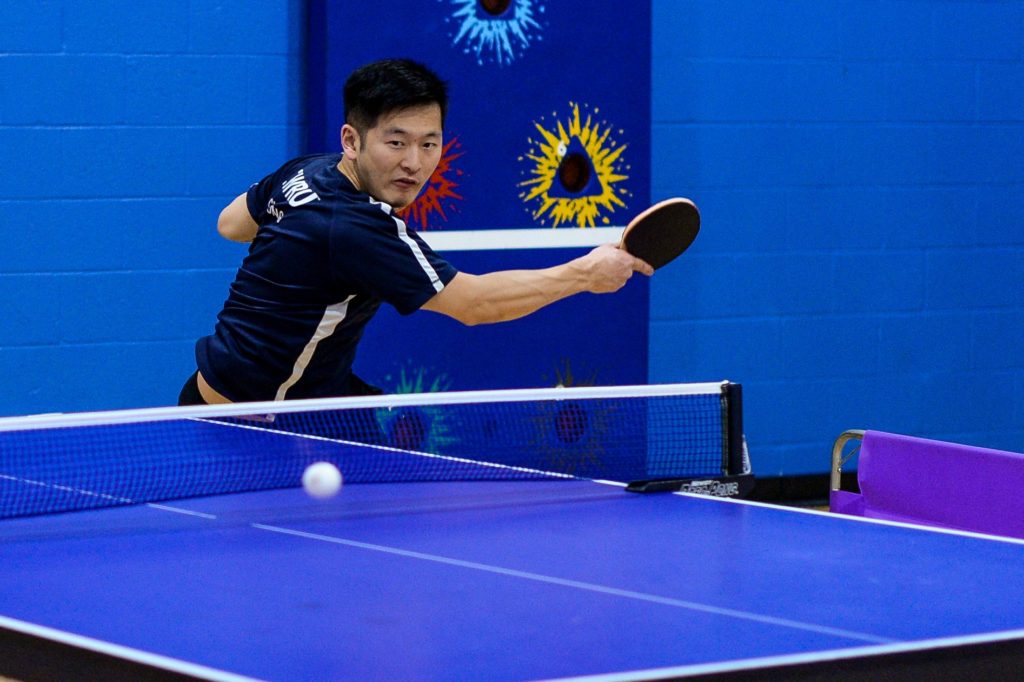
Learn how to improve your game 500 points this year!
By Samson Dubina
Every table tennis player should strive for dexterity. This is a skill that some players are naturally more gifted with and some players are not. The good news is that it can be trained as well. So what is dexterity???
Dictionary Definition of “Dexterity”
dex·ter·i·ty
noun \dek-ˈster-ə-tē, -ˈste-rə-\
: the ability to use your hands skillfully
: the ability to easily move in a way that is graceful
: clever skill : the ability to think and act quickly and cleverly
In regards to table tennis, dexterity can mean several different things. It can mean…
- Having the ability to learn a new stroke
- Having the ability to relax even while swinging hard
- Having the ability to be extremely precise and accurate
- Having the ability to put impart speed and spin on the ball with very little effort
- Having the ability to adjust the stroke for various types of balls
In this article, I’m going to address the fifth type of dexterity.
Dexterity is the ability to adjust to various balls – adjust to the speed of the ball, adjust to the placement of the ball, adjust to the depth of the ball, adjust to the height of the ball and adjust to the spin on the ball. For this article, I am going to use the forehand loop as my example.
In order to develop more dexterity in your forehand loop, you must be able to adjust your swing based on the different speeds of the incoming balls. Ask your training partner to block to your forehand and vary the speed of the block – sometimes slightly harder and sometimes slightly slower. Keep your racket in front and backswing once you see the approaching ball. If the ball is blocked quickly, then shorten your loop while still generating a lot of spin. Always keep your weight leaning forward and contact the ball in front of your body.
In order to develop more dexterity in your forehand loop, you must be able to adjust your swing based on the placement of the incoming balls. Ask your training partner to move the ball around in the forehand 50% of the table. Watch your opponent’s racket and adjust your feet into position before swinging. Once your feet are set, then take a swing. If you are in good position, loop slightly harder with a longer swing. If you are off-balance and forced to reach or lean for the ball, shorten your swing, focus on control, brush the ball with spin, then get in better position for the next loop.
In order to develop more dexterity in your forehand loop, you must be able to adjust your swing based on the depth of the incoming balls. For this exercise, I would recommend starting very slowly. Set up your Newgy robot to throw the ball once every 3 seconds or have your training partner feed multiball. If the ball is slow and lands near the net, move both feet forward and loop near the table. If the ball is deep near the end line, then move back slightly and loop the deep ball. When moving forward (for right-handed players), step with your right foot then the left foot. When moving backward, step with the left foot then the right foot. Both feet actually move simultaneously, however, the outside foot always initiates the movement. When moving in-and-out, make sure to stay with your weight leaning forward. Focus on moving your feet very fast while looping with control.
In order to develop more dexterity in your forehand loop, you must be able to adjust your swing based on the height of the incoming balls. Ask your training partner to adjust his block sometimes higher and sometimes lower. Keep your racket in front of your body and take your backswing once you see the height of the incoming ball. For the forehand loop against topspin, try to start your swing directly behind the ball and loop forward with spin. If the ball is higher, then start your racket higher. If your racket is lower, then start your racket lower.
In order to develop more dexterity in your forehand loop, you must be able to adjust your swing based on the various spins of the incoming balls. Ask your training partner to vary the spin on his block, sometimes he should block normal with slight topspin, sometimes he should spin over the ball with more topspin, sometimes he should chop-block. If he adds topspin, the ball will jump up as it contacts your side of the table. If he performs a chop-block, the ball with slow down as it contacts your side of the table. Adjust your racket height and body position to the incoming ball. This is the most challenging of all the exercises. Don’t be discouraged if it takes several months to perfect this aspect of dexterity.
Every player should strive for dexterity. I am convinced that dexterity should be trained. In your training sessions, you should make it just as challenging or more challenging than an actual game. Be ready to adjust for various speeds, placements, depths, heights, and spins and you will be on your way to success!!!

